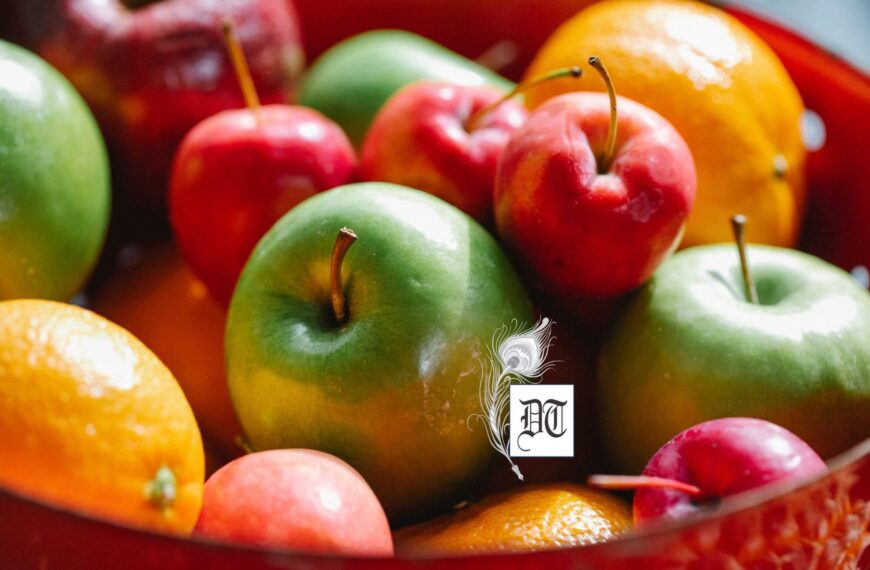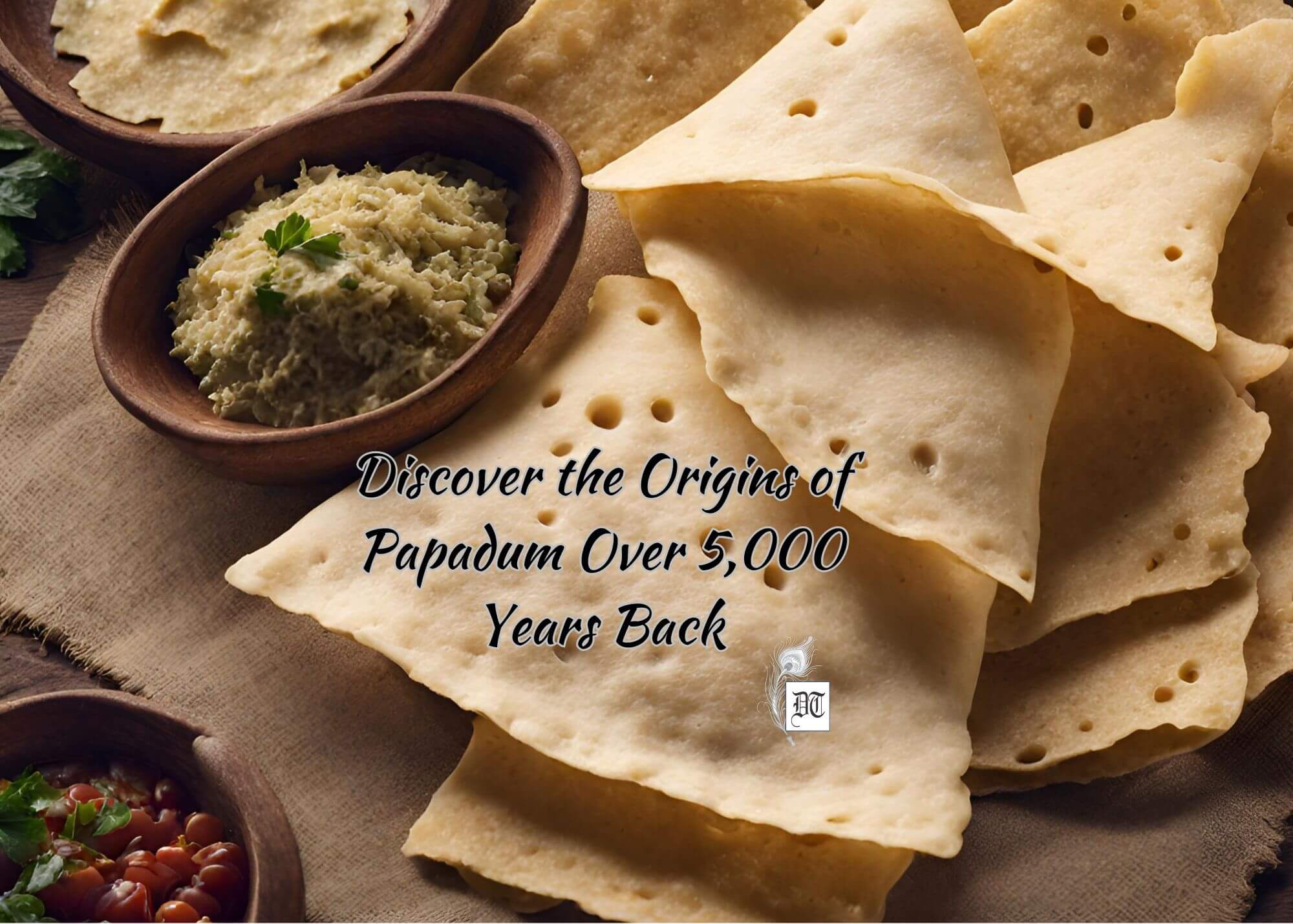Tea has been variously called the drink of the winners, the elixir of life, a divine herb, liquid wisdom, cup of happiness, joy, love; a friend, a healer, a companion; ‘beverage of the intellectual’ by Thomas de Quincey. Emerson found poetry and a great deal of sentiment in a chest of tea. Shernaz tells us the story of the tea, detailing its processes, in the weekly column, exclusively in Different Truths.
There is something in the nature of tea that leads us into a world of quiet contemplation of life. ~ Lin Yutang
Tea lovers have sung its praises, written odes to it and raised their cups to toast it and one another. In Japanese culture it has received the status of a ritual called the Way of Tea raised to a ceremonial preparation and presentation of matcha – powdered green tea. Called chadō in Japanese it is considered one of the three classical Japanese arts of refinement; the other two being kōdō for incense appreciation, and kadō for flower arrangement.
Tea has been variously called the drink of the winners, the elixir of life, a divine herb, liquid wisdom, cup of happiness, joy, love; a friend, a healer, a companion; ‘beverage of the intellectual’ by Thomas de Quincey. Emerson found poetry and a great deal of sentiment in a chest of tea. It has even been elevated to ‘the answer to all of the life’s problems’. There is also The Book of Tea by Okakura Kakuzo.
Getting bored? Brew a cup of refreshing chai. Have a problem? Let us solve it over steaming cups of chai. Need to calm your nerves? Tea is the answer. Have a casual meet with friends in Mumbai? It has to be the street vendor’s inevitable ‘cutting chai’ — half a glass of tea costing less than a ‘full chai’. Friendship, advice, warmth, guidance, love, sustenance, news, gossip…all gain an added edge with a cup of tea.
This golden nectar has become a global beverage.
The tea plant Camelia Sinensis, is a cultivated variety of a tree that originates somewhere between India and China. In fact, China, India, and Cambodia are the three main varieties of the tea plant with a number of hybrids between them. Varying attitudes, climatic conditions, acidity and moisture content of the soil all have a direct impact on the flavour, taste, and body of the tea. Higher altitudes like those of Assam (the largest tea-producing region in the world) and Munnar in India, produce tea with fascinating flavours.
What finally reaches the customer is the result of a lot of hard and meticulous work. From the raw material to the finished product the tea leaves go through an arduous journey, turning from fresh green to the wide array available in the market. In its most general form, tea processing involves different manners and degree of oxidation of the leaves, stopping the oxidation, forming the tea and drying it.
The standard of green leaf plucked is the first indicator of the innate flavour and quality of tea used for brewing. Polyphenols and Caffeine contained in the tender tea shoots are major oxidizing compounds. Temperature, air humidity, duration of sunshine and rainfall are all important factors in the field as well as factory. But it is believed that the quality of tea is made in the field and only preserved in the factory, so a set standard of plucking is maintained. Two or three leaves and a bud are preferred as raw material.
Withering
Plucked, weighed and delivered to the factory these tender leaves undergo “withering” to remove specific amounts of moisture, depending on the type of tea to be manufactured. In the withering troughs, the leaf is conditioned physically and biochemically for subsequent stages of manufacturing. It is interesting to note what changes occur during this process – soluble protein, free amino acid, and simple sugar levels increase; there is a rise in the caffeine content, which gives character to the black tea; the aroma comes from raised levels of amino acid and enhancement of organic acid lends zest to the tea at the same time improving the oxidization.
CTC
From the withering trough into the CTC-roller is the next step of the journey. Here the leaf goes through the Crush, Tear, and Curl process in cylindrical rollers with hundreds of small sharp ‘teeth’. This enables the raw material to be conditioned for granulation and breaking of enzymes, promoting further chemical changes.
Granulation
From the CTC rollers, the leaves are passed through a circulating drum to get granulation. This is followed by fermentation.
Fermentation
Just the right amount of temperature is essential for proper fermentation as this is the most crucial stage in tea manufacture. Factors such as duration, right temperature, and relative humidity must be monitored carefully during this process. Proper ventilation and humidification help in achieving the correct fermentation. Chemical changes responsible for the formation of quality attributes occur during this phase.
Drying
The withered, granulated, fermented leaves now move on to the drying procedure, where further biochemical changes are arrested and moisture is removed to give the tea better shelf life.
Cleaning and Sorting
After the tea comes out of the drier, it moves further on the conveyor and progresses to cleaning, where the fiber is removed and the tea leaves go a step further to be sorted.
Different sized meshes in a vibro-screen sort and grade the ready tea leaves from boldest grade to fine dust grade. This then is what is sold to the customers according to their demand and finally reaches our homes in attractive packaging. But every grade undergoes a tea tasters’ analytic scrutiny before it is allowed to be packaged.
A whole culture has grown around manufacturing and preparing tea in just the perfect way to get the best, most flavourful and refreshing cuppa. A Chinese proverb goes like this — “Water is the mother of tea, a teapot its father and fire the teacher.”
Tea comes in a selection of flavours today ranging from the plain black to white, oolong, pekoe orange, green teas, to fruity blends and herbal infusions; instant ginger, cardamom or lemon flavoured ice tea and assorted green teas with prices that range from affordable to exorbitant depending on the blend and who is marketing it. Black tea is oxidised to get its rich, dark colour. For white tea, the leaves are simply allowed to dry making it the closest in taste to the living tea bush. Oolong requires a longer process as the leaves are shaken in bamboo baskets to lightly bruise and dry them. Being the least processed, green tea is richest in polyphenols and is the only kind that contains the polyphenol, catechin.
Polyphenols are phytochemicals and play an important role in maintaining health and wellness because of their antioxidant property.
This is the chief benefit of tea. It also has less caffeine than coffee. Other probable advantages of drinking tea are that it may reduce the risk of heart disease, protect the bones and teeth, boost the immune system and help fight cancer.
To qualify as tea, the herbal or fruity blends must contain the leaves of Camelia Sinensis or they are not really tea. Then they are tisanes (pronounced ti-zahn), infusions of leaves, bark, seeds, roots, berries, and spices. Another difference is that they do not contain caffeine which is found in all teas. Being caffeine-free, these infusions are ideal for post meal sipping.
The proper way to brew tea differs for each kind of tea. Some need to be steeped longer in hot water; green teas require water at a lesser temperature than black tea, whereas tisanes may require up to 15 minutes of steeping to bring out their delicate flavours.
So what is it for you? Tea or Tisane?
©Shernaz Wadia
Photos sourced by the author and from the internet.
#Tea #TypesOfTea #HowTeaLeavesAreProcessed #ABudAndTwoLeaves #TeaProcessing #QualityOfTeaLeaves #ACupOfTea #DifferentTruths









 By
By
